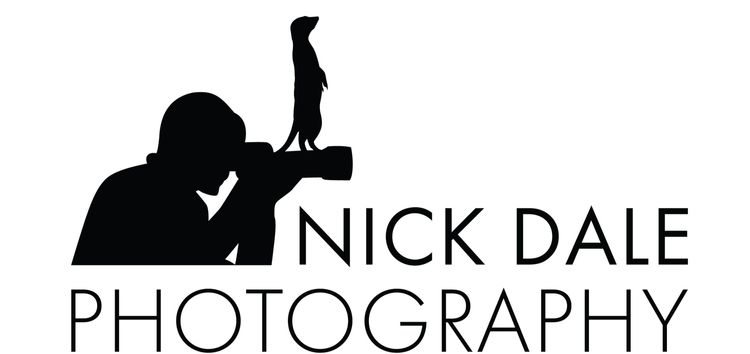The eye is the window to the soul…
"Is this close enough...?"
The advent of digital cameras led to a number of changes in photography, and one of those was the chance to create pictures using selective colour.
The basic idea is to turn a photograph into black and white and then highlight the key area by colouring it in again.
Single colour usually works best, and I’ll always remember a shot of a red London bus driving along a black and white Piccadilly on the wall of my local barber shop, but there’s nothing to stop you bringing in more colours.
Unfortunately, the technique was so easy that photographers probably over-used it, and that led to it eventually going out of fashion.
However, there’s nothing to stop you experimenting with selective colour.
It’s a great way to emphasise a key part of your composition (as you can see from the leopard shot at the top of this article).
How to do it in Lightroom
You can use Photoshop or any of the other major editing programs to create selective colour, but I prefer to do it in Lightroom.
It’s very easy to do, and you don’t need any other software:
Open the file you want to work on in Lightroom.
Create a radial (or graduated) filter and set Saturation to zero.
Draw a small circle outside the frame of the image (to convert it to black and white).
Click on Brush at the top of the panel beside Mask and then Erase at the foot of the panel beside Brush.
‘Brush away’ the black and white treatment on the part of the frame you want to turn into colour.
And that’s it!
If you make a mistake, either undo it (using Command-Z or Control-Z) or click on A or B next to Brush and paint over the area to turn it black and white again.
Just one final thought.
If you want to make sure that only one particular colour (rather than one particular area) is saturated, then all you need to do is to go to the HSL/Color panel, drag back the saturation sliders for all the colours to zero and then selectively introduce saturation for the colour or colours that you want, such as red or green, by moving those sliders back.


